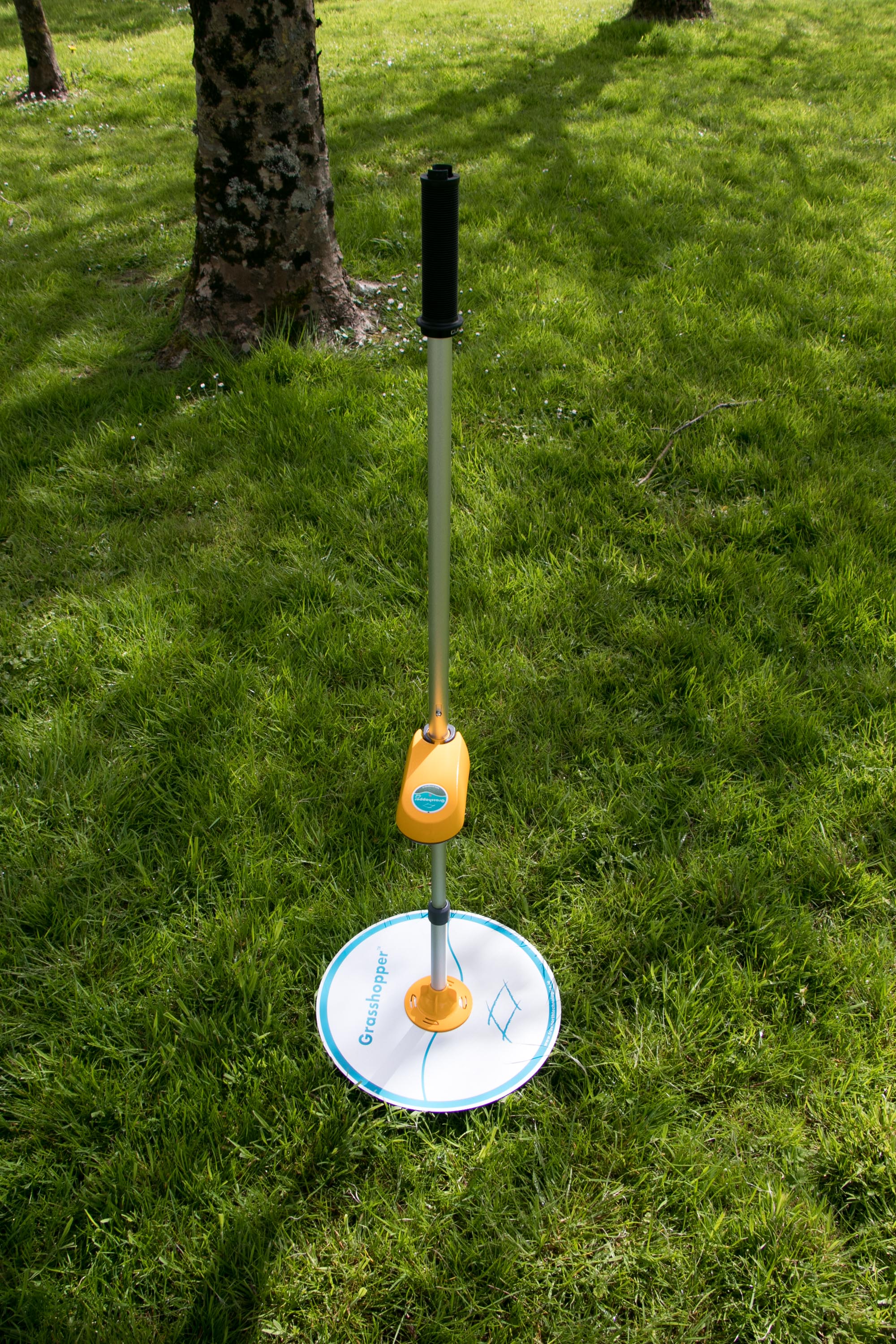Product Details
Why Measure Grass?
The answer might seem obvious but you measure
grass to answer some questions. In more detail
you need to know where the grass is, when the
grass will be at it's optimum for grazing, and how
you will organise the rotation for best utilisation.
However what is really important is knowing if you
are gaining, holding steady, or dropping in production
terms. When this is known you can manage
with a greater level of confidence.
Grass is measured in kg dry matter per hectare
(dm/ha) where standing grass height and sward
density is measured and the measure is converted
to dm/ha. Inter-paddock comparisons are done
using a bar chart format – known as the 'wedge'
where paddocks ready for grazing are shifted to the
left and those more recently grazed are on the right.
Once sorted, the rotation plan can be drawn up.
A very important aspect of ongoing measuring is to
get the growth trend and to answer some ongoing
questions –
Is my total farm cover rising or falling?
Is my allocation (kg grass per day) correct?
Can I ease back on TMR?
Do I need to increase TMR?
Am I utilising all that I'm growing?
What are my days ahead?
Is my stocking rate correct?
... and the What Ifs?
What if my growth rate turns down?
What if there's a burst of growth?
You measure to get these answers and to be
prepared for unexpected trends. You measure to
utilise low-cost grass to best advantage, and you
measure because you want to be a better manager.
So that's why you will want to measure grass



